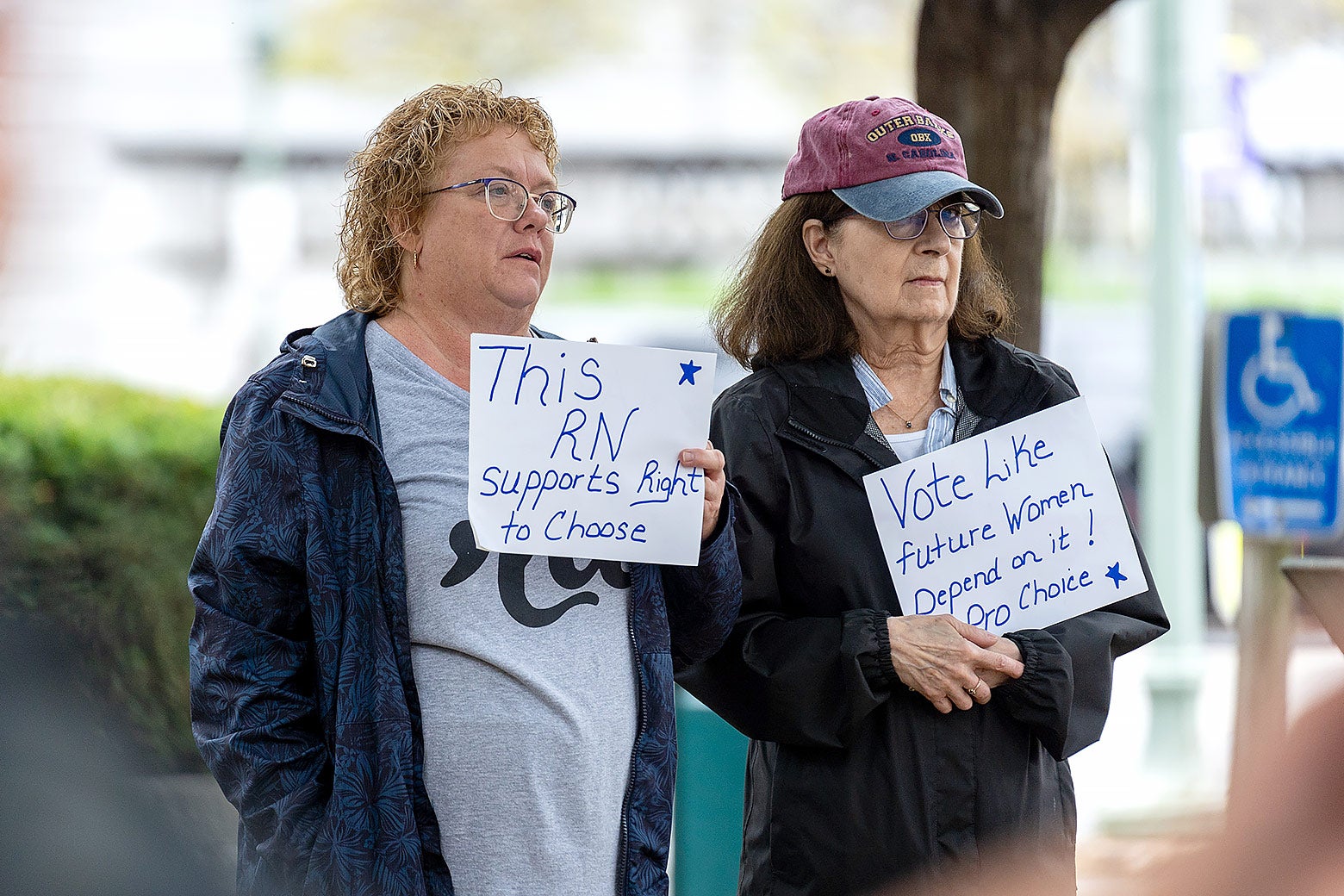Politics
Abortion Rights Featured on Swing-State Ballots This Tuesday

As swing-state voters head to the polls on Tuesday, the issue of abortion rights looms large. In many of these crucial battlegrounds, abortion remains accessible, at least through the first trimester and often beyond. This situation has been cultivated by voters who have made their preferences clear through elections and polling data. However, a victory for Donald Trump in the upcoming November election could drastically alter this landscape, potentially overturning the prevailing sentiment in favor of legal abortion.
In Pennsylvania, where we reside, pro-choice candidates have triumphed in gubernatorial races for three consecutive elections. Since the Supreme Court’s decision to abolish the constitutional protection for abortion in 2022, the support for abortion rights has surged. In our latest statewide election, pro-choice representatives flipped the state House of Representatives, leading to legislation that maintains the legality of abortion up to 24 weeks.
Similar trends can be observed across other swing states. In Michigan, voters enacted a constitutional amendment to protect abortion rights, solidifying a pro-choice majority in the state Legislature and securing a commitment to reproductive rights from the governor’s office. Wisconsin, too, benefits from a pro-choice majority on its state Supreme Court thanks to the recent election of Justice Janet Protasiewicz. Nevada has furthermore ratified the Equal Rights Amendment, reinforcing its commitment to abortion access. Arizona has seen a repeal of an old total abortion ban due to voter activism, which could lead to constitutional protections for abortion rights if Proposition 139 is passed.
North Carolina presents a different scenario: despite some restrictions implemented by the state Legislature, abortion remains legal through 12 weeks due to public sentiment. Georgia, conversely, has enacted measures that effectively ban abortion after about six weeks, a move that contradicts prevailing public opinion in the state.
However, should Trump secure a win next week, the strides made in these swing states could be jeopardized. His administration has the potential to exploit federal leverage to limit abortion access nationwide. As outlined in Project 2025, a Trump presidency could see the appointment of an anti-abortion commissioner for the Food and Drug Administration. With medication abortions accounting for a substantial majority of procedures in the U.S., restricting access to abortion pills could severely limit options for many women.
Moreover, an anti-abortion Secretary of Health and Human Services could create hurdles for women facing medical emergencies related to pregnancy. The Biden administration currently mandates that hospitals comply with federal law to provide necessary emergency care, but a Trump administration would likely challenge this protection. Efforts may also arise to undercut organizations like Planned Parenthood, push for fetal personhood legislation, or compromise patient privacy rights.
A Trump presidency could furthermore lead to attempts to enforce the Comstock Act, an antiquated law prohibiting the mailing of abortion-related materials, despite a century-long precedent of courts rejecting such interpretations. This action could effectively criminalize various aspects of abortion care and access across the country.
Control of the federal judiciary is another consequential factor; Trump’s appointment of new justices could solidify a conservative anti-abortion majority for years to come. If justices sympathetic to anti-abortion views replace current justices like Samuel Alito and Clarence Thomas, implications could stretch far beyond individual states, potentially leading to the criminalization of abortion nationwide and nullifying local voter preferences.
Ultimately, the future of abortion rights in key swing states hangs in the balance. Voters, particularly those in battleground regions, face a crucial choice. If safeguarding reproductive rights is a priority, one candidate stands out: Kamala Harris.
